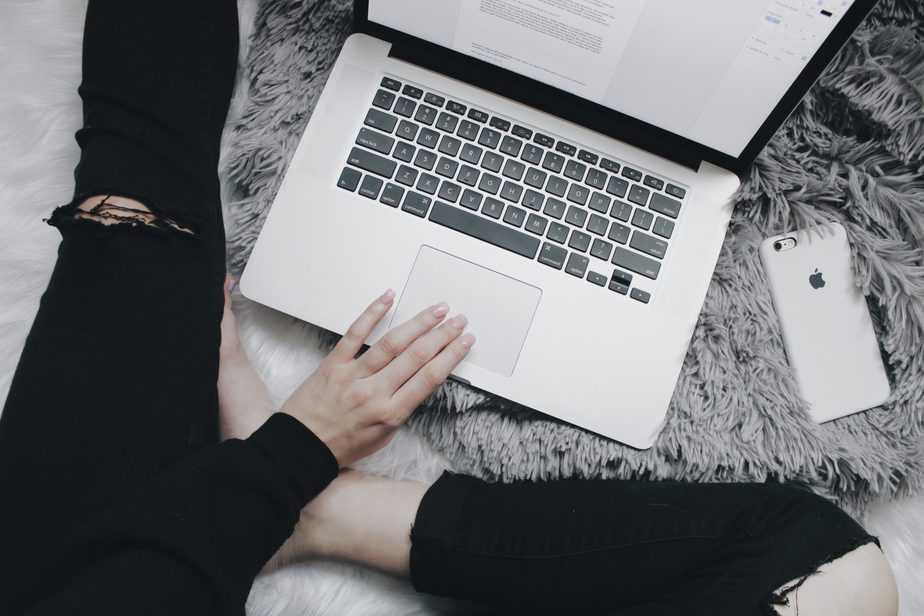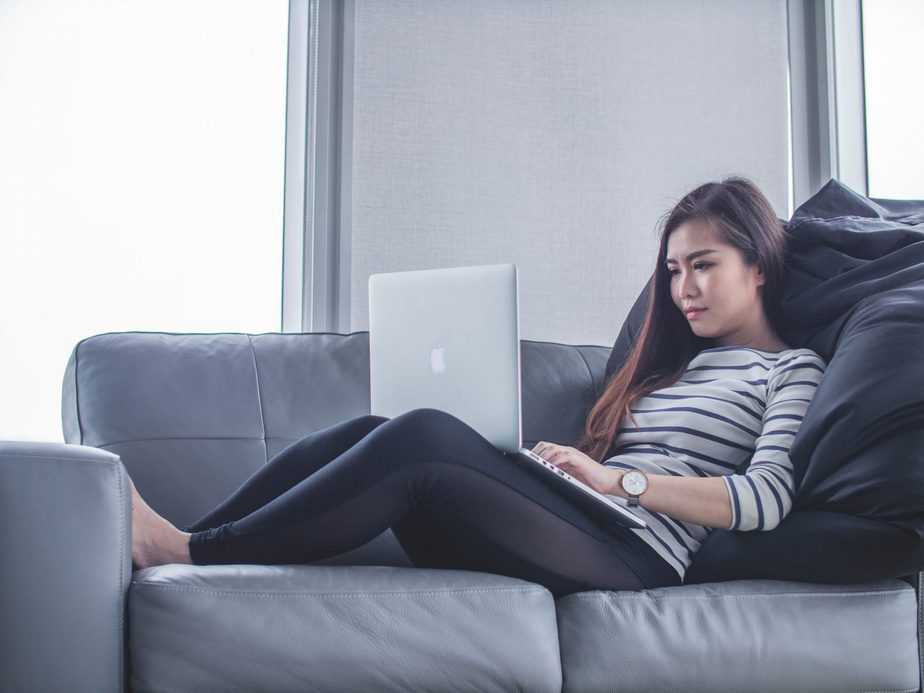Many of you may have heard the phrase “Sitting Is The New Smoking”. It is a looming health risk to modern city dwellers like you and me.
Now most of us are working from home, and moving even lesser, the risk of ergonomic injury may be increasing. How can we offset this risk?
In 2014, it was stated poor ergonomics cost Singapore 3.5 billion dollars per year in sick days, medical bills, legal costs, etc.
Ergonomics in which “ergo” means work and “nomics” is to study, relates to studying the prevention of work contributed sickness or injury.

Here are some quick advice from an Ergonomic perspective –
Move about every 20 minutes, set an alarm to prompt you for a mini break,
- Simply walking the length of the house will help offset stress accumulated from sitting too long
- Do a downward dog for a good overall stretch
- Shake out / stretch out tension in your joints
- Gaze over a long distance to rest your eyes
Change Positions If You Can
- See if there’s a way to set up a standing and sitting station, alternate between them too. They don’t need to be permanent set ups, you can set them up as you need, set up can be part of your mini break.
Experiment With Your Work Routine (this will depend on your work demands)
- Some people prefer working during quiet times, at home this may be evenings and early mornings.
- Break up your working day, for example 5-8am + 10am-12pm + 3-5pm. The rest of the time you can do what-ever you want!
- Remember to adjust the blue light settings on your computer if you’re working at night. Blue light will trigger your biological ‘stay awake’ setting. Try and get an hour of screen free time before bed.
Best practice advice for sitting at the computer
- Back, thighs, hips and the bottom of the feet should be fully supported
- Think 90 degrees for elbows, hips, knees and ankles.
- Hands, wrists and forearm in-line parallel to the floor
- Elbows stay close to the body
- Knees and hips should be around the same height
- Top third of the monitor should be at eye level
Working From Home in the New Norm
I don’t have a home office, nor did I bring any extra equipment home before the circuit breaker, so I got creative.
I sit in the firmest chair I can find (a soft sofa is generally not a good idea for working) and placed a pillow behind my back so I’m sitting upright and my feet can touch the floor.
Stacking up several think books or magazines, I’m able to position the laptop so that my screen is at eye level.
I used a wireless keyboard (fortunately, I have one) on top of a cookbook on my lap ( also stops my legs getting hot).
I placed a magazine next to my right side to use with my wireless mouse.
Your solution will differ depending on your environment and how thick your books are!
But remember no ergonomic position will stop injury if you don’t move.
Listen to what your body is telling you, if you’re feeling restless whilst reading this you’ve probably been sedentary too long. Get your heart rate up, do some jumping jacks, dust off the skipping rope, do 30 squats holding a watermelon, go for a walk with a backpack filled with rice.
This advice is generalized and although these principles can be applied to most, previous injuries or specific work demands may require an individual assessment. During these times of social distancing, Lifeweavers provides ergonomic consultations through a teleconferencing platform which ensures high standards of security and confidentiality. Book a session in Singapore via our Whatsapp hotline.
Article contributed by Elizabeth Piper
Elizabeth is the Principal Occupational Therapist at Lifeweavers, an allied health company that specializes in bringing therapy to people’s homes. Trained and worked in the UK, Europe and Singapore, she designs services and provides interventions for a range of musculoskeletal and neurological conditions in both institutional and community settings. She now leads a therapy team with a wide range of specialisations from stroke to dementia, working with adults to adolescent clients.

Suggested Read: Guide To Occupational Deprivation
The virus outbreak has kept many of us from going out. How do we cope with the lack of activity and missing the things we like to do?
SHARE THE ARTICLE WITH ANYONE ON THE PLATFORMS BELOW:




